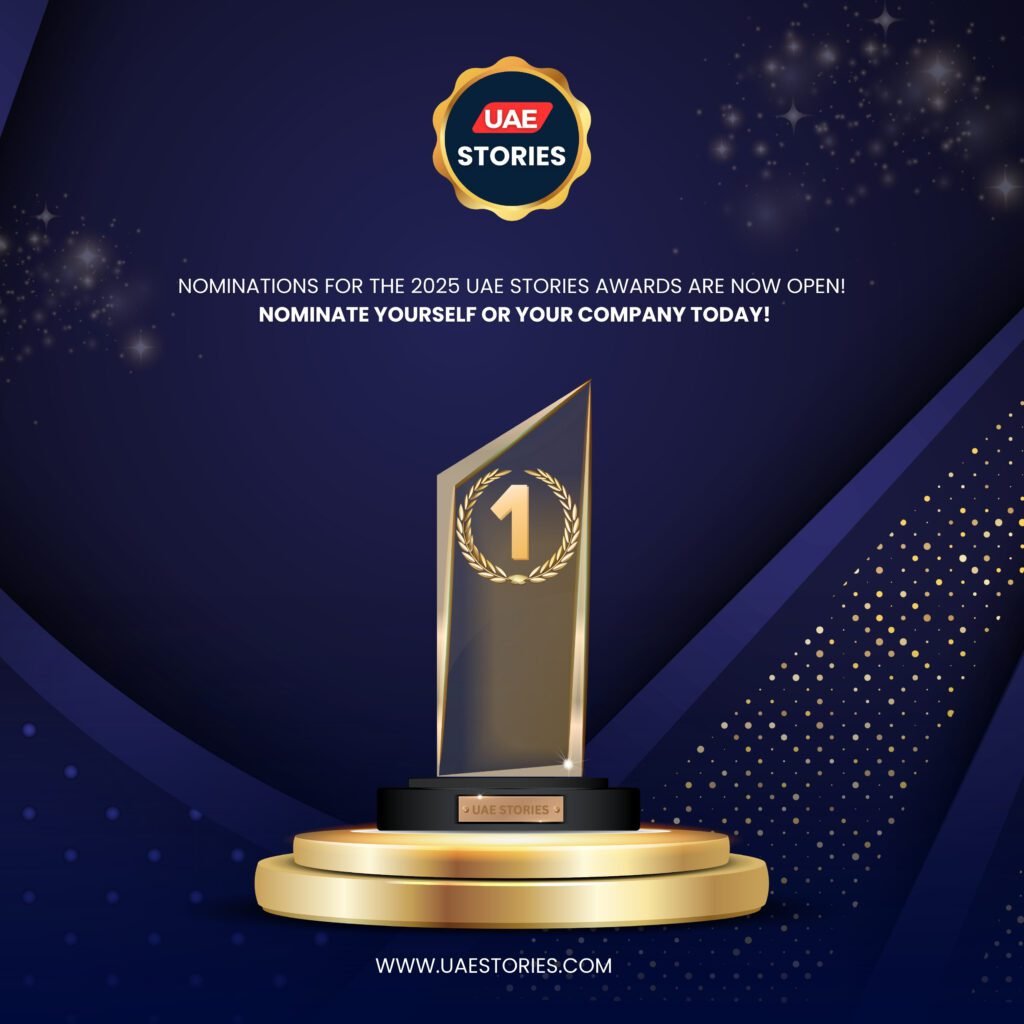The Seatrade Maritime Logistics Middle East conference opened with high energy and hopeful conversations in Dubai, once again establishing the city as a global hub for maritime progress and innovation.
The two-day event, held at the Dubai World Trade Centre, welcomed a sea of industry leaders, government officials, entrepreneurs, and experts from around the world. Organized as part of UAE Maritime Week, the conference promised more than just panel discussions—it’s become a launchpad for new ideas and regional partnerships aimed at reshaping the maritime logistics landscape.
A Key Gathering for the Maritime World
From early morning, the venue buzzed with delegates representing ports, shipping lines, cargo companies, and government bodies. The goal? To discuss the most pressing issues and exciting opportunities facing maritime logistics in the Middle East and beyond.

Seatrade Maritime Logistics Middle East is not just another industry event—it’s a space where decision-makers shape the future of maritime trade in real-time. With Dubai’s strategic location and its reputation as a trade gateway, there couldn’t have been a more fitting host city.
Big Themes: Digital, Sustainable, and Strategic
Three major themes emerged right from the opening keynote speeches: digital transformation, sustainability, and regional collaboration. These are no longer buzzwords—they’re strategies in action.
Digital solutions like AI-driven port management systems and blockchain tracking are now becoming industry standards. Panelists stressed how logistics players must embrace digitalization to stay competitive in the coming decade. Startups and tech innovators were given stage time to present disruptive tools built specifically for maritime use.
Sustainability took center stage too. From fuel efficiency to green corridors and decarbonization targets, the industry is clearly moving toward cleaner operations. One speaker from a regional port authority shared their plans to become net-zero by 2050, drawing nods and applause from the crowd.

Regional collaboration was also a hot topic. Stakeholders discussed how countries across the Gulf and South Asia can work together to streamline customs procedures, share port technologies, and develop cross-border shipping routes that reduce costs and environmental impact.
Women Leading the Way
A notable shift this year was the growing presence of women on stage and in the audience. Several key panels were led by female professionals sharing their journeys in what has traditionally been a male-dominated space.
One standout moment came from a female executive who shared how her team modernized a Gulf port’s digital system, improving cargo handling efficiency by 40%. Her story was more than inspiring—it proved how diversity in leadership is driving real results.
UAE’s Vision for Global Trade
The UAE continues to position itself as a leader in logistics and maritime innovation. As host, the country used the platform to highlight its ambitious Vision 2031 plans, which include expanding port capacity, embracing smart trade solutions, and boosting the blue economy.
In his opening remarks, a senior UAE official emphasized the need for integrated trade corridors and future-ready ports. The goal? To not only serve the Gulf but also act as a central artery for global trade flows between Asia, Africa, and Europe.
Live Demos and Tech Showcases
Beyond the conference rooms, the exhibition space drew curious eyes and conversations. Tech companies and startups displayed everything from drone-based vessel inspections to AI tools that forecast shipping demand.
Attendees got a hands-on feel of the future—from virtual port management dashboards to autonomous container stacking robots. These weren’t just fancy demos; they reflected real-world applications being tested or already in use at major ports around the region.
Youth Engagement and Innovation Awards
To keep innovation alive, the event also hosted a Youth Maritime Innovation Challenge. University students from across the UAE presented sustainable maritime solutions to a panel of judges. Ideas ranged from biodegradable shipping materials to AI-based marine waste tracking systems.
The competition reminded everyone that the next wave of maritime leaders is already here—and they’re thinking green, digital, and global from day one.
Strengthening Regional Trade Ties
Multiple MoUs (Memorandums of Understanding) were signed during the event, strengthening trade partnerships between ports in the UAE, Saudi Arabia, Oman, and India. These agreements aim to promote easier cargo movement, tech sharing, and synchronized policies.

Speakers repeatedly emphasized that no single port or country can thrive alone. Instead, a unified regional approach will unlock bigger opportunities for everyone involved.
What Makes Seatrade Maritime Logistics Middle East Special?
Unlike traditional trade events, Seatrade Maritime Logistics Middle East offers a more interactive, forward-thinking experience. It doesn’t just react to industry trends—it sets them. By combining high-level policy discussions, hands-on tech showcases, and networking forums, it provides something for every stakeholder in the maritime ecosystem.
Participants also appreciated the real-time feedback and Q&A sessions after each panel, which encouraged transparent dialogue between regulators, port managers, innovators, and business leaders.
What’s Next?
As the event wraps up, the question isn’t whether the maritime logistics industry is evolving—it’s how fast. With digital platforms, green goals, and stronger partnerships in place, the Middle East is not just adapting to global shifts—it’s helping to lead them.
The takeaways from this year’s conference will likely shape logistics strategies for years to come, especially as regional ports aim to become smart, sustainable, and seamlessly connected.
Read More: University of Birmingham Dubai Unveils 50% Scholarship for 2025 Students













